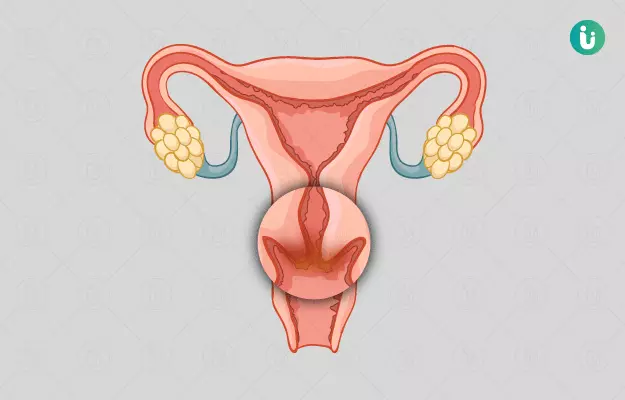Cervicectomy is the surgical removal of the cervix - the lower-most part of the uterus that extends to the vagina. In addition to the cervix, surgeons may also remove nearby tissue, lymph nodes, and the upper part of the vagina during the procedure.
Also known as a radical trachelectomy, cervicectomy is done in younger women with early-stage cervical cancer, provided the tumour is no larger than two to three centimetres.
Women can opt to have children after a cervicectomy, though vaginal birth is not possible afterwards.






































